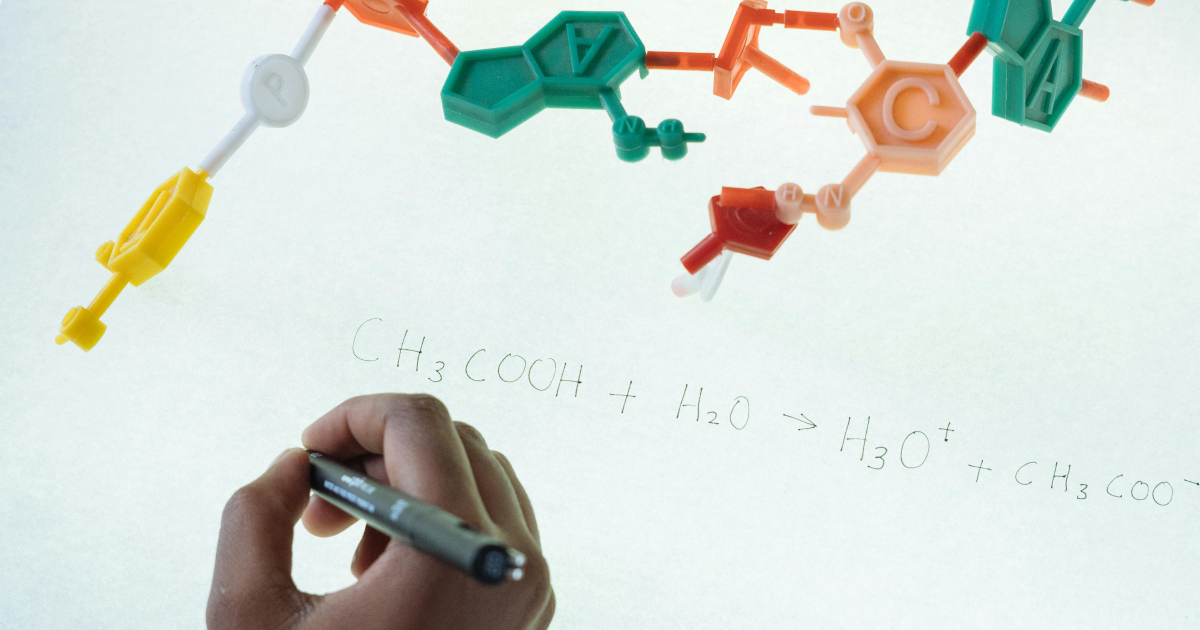Researchers Propose Advanced Chemical Testing to Enhance Children's Toy Safety

Summary
Full Article
Researchers from the University of Southern Denmark have proposed significant enhancements to chemical migration testing methods for children's toys, aiming to create more comprehensive safety assessments that better protect children from potential chemical hazards.
The study, published in Frontiers of Environmental Science & Engineering, highlights critical limitations in current testing protocols. Traditional methods often fail to accurately simulate real-world conditions, potentially underestimating the risks of chemical transfer from toys to children.
Key recommendations include adjusting testing temperatures from 20°C to 37°C to more closely mimic physiological conditions, using artificial saliva and alternative simulants that better replicate biological fluids, and extending contact durations to capture long-term exposure risks. The researchers also advocate for advanced analytical technologies like high-resolution mass spectrometry to detect chemicals at lower concentrations.
Historically, chemical migration testing has focused on metals such as lead and cadmium. However, scientific understanding has expanded to include plasticizers, flame retardants, and other potentially harmful substances. The proposed changes represent a significant step toward more comprehensive safety evaluations.
The study emphasizes the importance of considering age-specific vulnerabilities and the cumulative risks of chemical exposure. By adopting more realistic testing protocols, manufacturers can better assess and mitigate potential health risks in children's toys.
Dr. Elvis Genbo Xu, the study's corresponding author, stressed the need for more comprehensive testing protocols and global collaboration to ensure consistent safety standards across different regions and toy manufacturing practices.
These proposed enhancements could have far-reaching implications for global toy safety regulations, potentially leading to more rigorous testing standards that prioritize children's health and well-being.

This story is based on an article that was registered on the blockchain. The original source content used for this article is located at 24-7 Press Release
Article Control ID: 40559